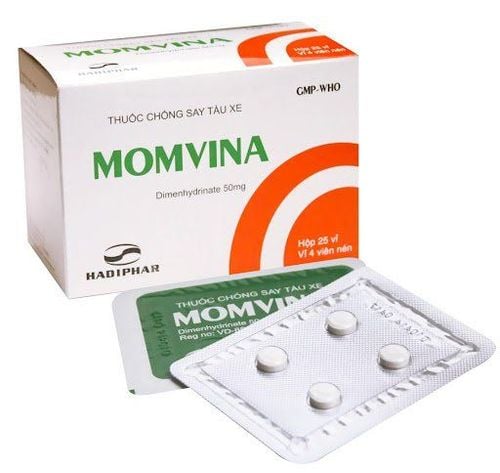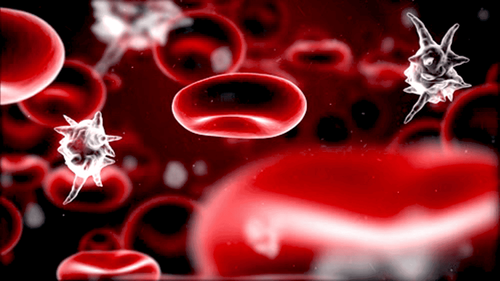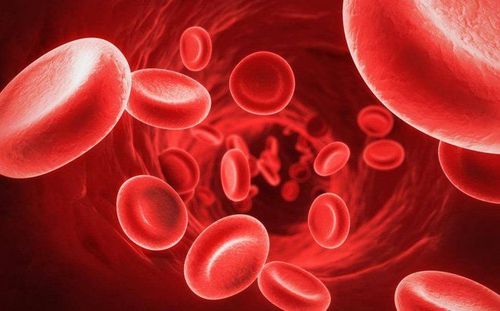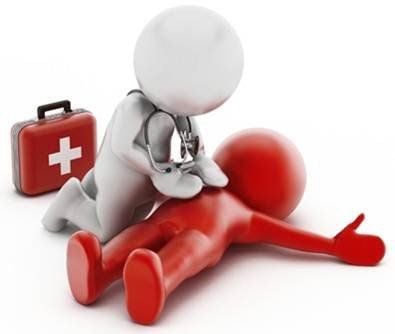This is an automatically translated article.
Energy is constantly being created in the human body through metabolism. Body temperature balance is an important condition for the normal functioning of enzymes involved in the metabolism itself. Monitoring body temperature to help detect early abnormal changes in the body, for timely treatment.1. Factors affecting body temperature
A healthy body maintains its temperature within a narrow range using body temperature balancing mechanisms. The normal range for body temperature is between 36°C - 37.5°C in clinical practice. Body temperature is usually measured in three locations:
In the rectum: under normal conditions it ranges between 36.3 - 37.1°C. In the mouth: 0.2 - 0.6°C lower than in the rectum. In the armpit: 0.5 - 1°C lower than in the rectum, fluctuating much but convenient to monitor the patient's body temperature. Some factors affect body temperature such as:
Age: in children, the body temperature will normally be higher than that of adults because the child's temperature regulation center is not yet complete, so if there is any change in The body can also cause a high fever and sometimes convulsions. The elderly have poor exercise, low metabolic and absorption requirements, so the body temperature is often lower than that of young people. During operation the temperature increases. Endocrine: Women's body temperature is often higher than men's, especially during ovulation. Stress often alters the temperature: raise or lower the temperature.
Trắc nghiệm: Bận rộn có ảnh hưởng đến sức khỏe của bạn không?
Cuộc sống hiện đại khiến chúng ta vì quá bận rộn mà quên chăm sóc sức khỏe cho chính mình. Ai cũng biết rằng lịch trình làm việc cả ngày có thể khiến bạn kiệt sức, nhưng cụ thể bận rộn ảnh hưởng thế nào tới sức khỏe? Hãy cùng làm thử bài trắc nghiệm dưới đây.
Ambient temperature affects body temperature but does not change much about 0.5°C. Especially in the elderly or children, they are often more sensitive to environmental temperature changes than young people. Some drugs affect the ability to sweat, causing vasodilation. Temperature measurement time: body temperature varies from 0.5°C to 1°C during the day. Normally, body temperature is lowest in the early morning and highest after 6 pm. Body temperature measurement location: temperature results may vary depending on the location of body temperature measurement.
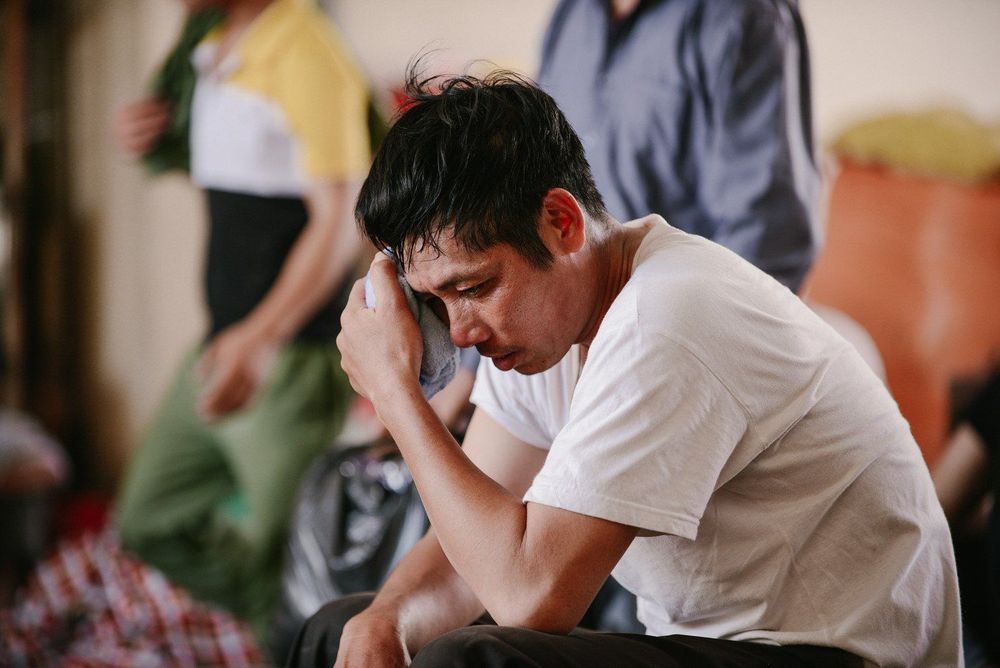
2. Body temperature disorder
Body temperature disturbance is caused by an imbalance of body temperature of the two processes of heat generation and heat loss, this imbalance can cause two states: decreased body temperature and increased body temperature.
a. Low body temperature ( hypothermia )
If low body temperature is the only symptom, it is not a cause for concern. However, if a low body temperature occurs with other symptoms, such as chills, shivering, shortness of breath, or confusion, it could be a sign of some serious illness.
Low body temperature usually occurs due to:
Cold weather. Using alcohol or drugs, going into shock. Certain disorders such as diabetes or thyroid. Low body temperature can occur with infection. Most common in infants, the elderly or people with weak resistance. Sepsis, for example, also causes an abnormal drop in body temperature.
b. High body temperature (heatstroke)
Heatstroke occurs when the body cannot control its temperature and the body temperature continues to rise. Symptoms of heatstroke include mental changes such as:
Confusion Delirium or unconsciousness Red, hot and dry skin, even under the armpits

Heatstroke can be fatal without emergency medical treatment. It causes severe dehydration and can cause organs in the body to stop working.
There are two types of heatstroke:
Classic heatstroke can occur even if a person is not doing much, as long as it is hot and the body cannot cool itself well enough by sweating. The person may even stop sweating. Classic heatstroke can develop over several days. Heatstroke when a person is working or exercising due to exertion can occur in hot places. The body can sweat a lot, dehydration causes weakness. This causes the body temperature to rise to a high level. c. Fever
In most adults, a fever is an oral temperature above 38°C or a rectal or ear temperature above 38.3°C. The child has a fever when the rectal temperature is 38°C or higher.
Fever can occur as a response to:
Infection: This is the most common cause of fever. The infection can affect the whole body or a part of the body. Medications: These include antibiotics, opioids, antihistamines, and many others that raise body temperature directly. Severe trauma: This can include heart attack, stroke, heatstroke, or burns. Other conditions include: arthritis, hyperthyroidism, and even some cancers, such as leukemia and lung cancer. Fever is classified according to levels:
Mild fever: when the body temperature is between 37 - 38°C. Moderate fever: when the body temperature is between 38 - 39°C. High fever: when the body temperature is between 39 - 40°C. Extremely high fever: when the body temperature is above 40°C.

3. Body temperature measuring device
Monitoring body temperature with a thermometer is a simple and easy method to control body temperature.
There are many different types of thermometers:
Mercury thermometers: convenient, cheap. Time: depending on placement, average 3 minutes, but fragile and dangerous due to mercury (Hg) content. Risk of infection if placed in the mouth or anus. Electronic thermometer: gives results in a short time of 4 seconds. Risk of infection if placed in the mouth or anus. Chemical thermometers : Use once and then discard. Usually used for patients who need to be isolated. Average time 3 minutes, difficult to read results due to observing color changes. Ear thermometer (in the form of electronic thermometer): Easy to use, accurate reading in a short time of 2 - 5 seconds, does not cause discomfort to the patient, change the outer layer of the thermometer head after use for the patient. Anal thermometer : Gives the most accurate body temperature results, time: 2 minutes. Do not use this thermometer for people with digestive diseases such as: diarrhea, constipation, anal wounds, easy bleeding (hemorrhoids). Oral thermometer: Reflects accurate temperature after 3 minutes, more convenient to use than anal thermometer. Axillary thermometer: Safe, low risk of infection. Lower oral temperature results, can be used in neonates, applied to patients who cannot be placed in other locations. Set time 3-5 minutes.
4. How to measure body temperature
a. Oral body temperature measurementIs the most common method of measuring body temperature. Place the thermometer under the tongue, pointing to the side of the mouth. Tighten her lips around it. Leave the thermometer in place for the required amount of time. Some digital thermometers give a series of short beeps when the reading is complete. Remove the thermometer and read it. Clean the digital thermometer with cool, soapy water and rinse before storing.
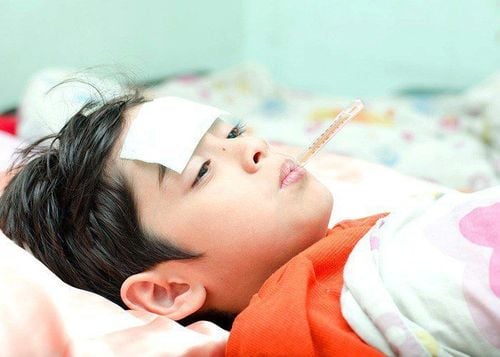
This is the most accurate way to measure body temperature. Recommended for infants, young children and people who cannot keep a thermometer securely in their mouth. Apply a lubricating jelly or oil, such as Vaseline, on top of the bulb of the thermometer. This will make it easy to insert into the anus. With a baby or small child, turn the baby face down in your lap or on a flat mattress. Choose a quiet place where your child won't be distracted or move around too much. Gently insert the bulb tip of the thermometer into the anus. Push it about 1.25cm to 2.5cm. Do not force it into the rectum. Hold the thermometer in place with two fingers near the anus (not near the end of the thermometer). Pressing the baby's bottom together will help hold the thermometer in place. Leave the thermometer in place for the required amount of time. Remove the thermometer and read it. Clean the digital thermometer with cool, soapy water and rinse before storing. Do not use a thermometer to take an oral temperature after a rectal temperature has been used. c. How to take body temperature in the armpit
Taking temperature in the armpit may not give the same results as taking an oral or rectal temperature. Place the thermometer under the arm in the center of the armpit. Press your arm against your body and leave the thermometer in place for the required amount of time. Remove the thermometer and read it. Axillary temperature readings may be 0.6°C lower than oral temperature readings. Clean the digital thermometer with cool, soapy water and rinse before storing. d. How to measure body temperature in the ear
Body temperature measured in the ear is relatively accurate. Ear thermometers need to be cleaned before use.
Check that the probe is clean and free of debris. If dirty, wipe gently with a clean cloth. Do not place the thermometer under water. To keep the probe clean, a disposable probe cap should be used. Use a new cap each time you take your ear temperature. Turn on the thermometer. For babies under 12 months, gently pull the earlobe down and back. For children older than 12 months and for adults, pull the earlobe up and back. This will help you place the probe in the ear canal. Place the probe in the ear and push it gently into the eardrum. Don't force it in. Press the "on" button to display the temperature reading. Remove the thermometer, and discard the used cap.
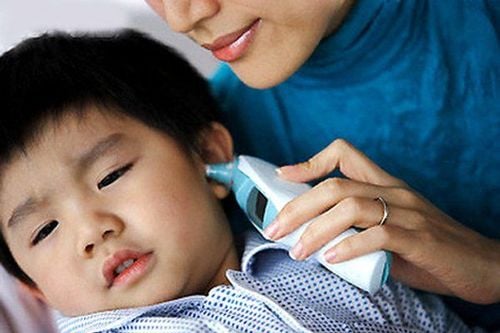
In the process of monitoring body temperature, if you detect abnormal changes in body temperature along with negative symptoms, you should contact your doctor for timely examination and treatment.
If you have a need for consultation and examination at the Hospitals of the National Health System, please book an appointment on the website for service.
Please dial HOTLINE for more information or register for an appointment HERE. Download MyVinmec app to make appointments faster and to manage your bookings easily.




